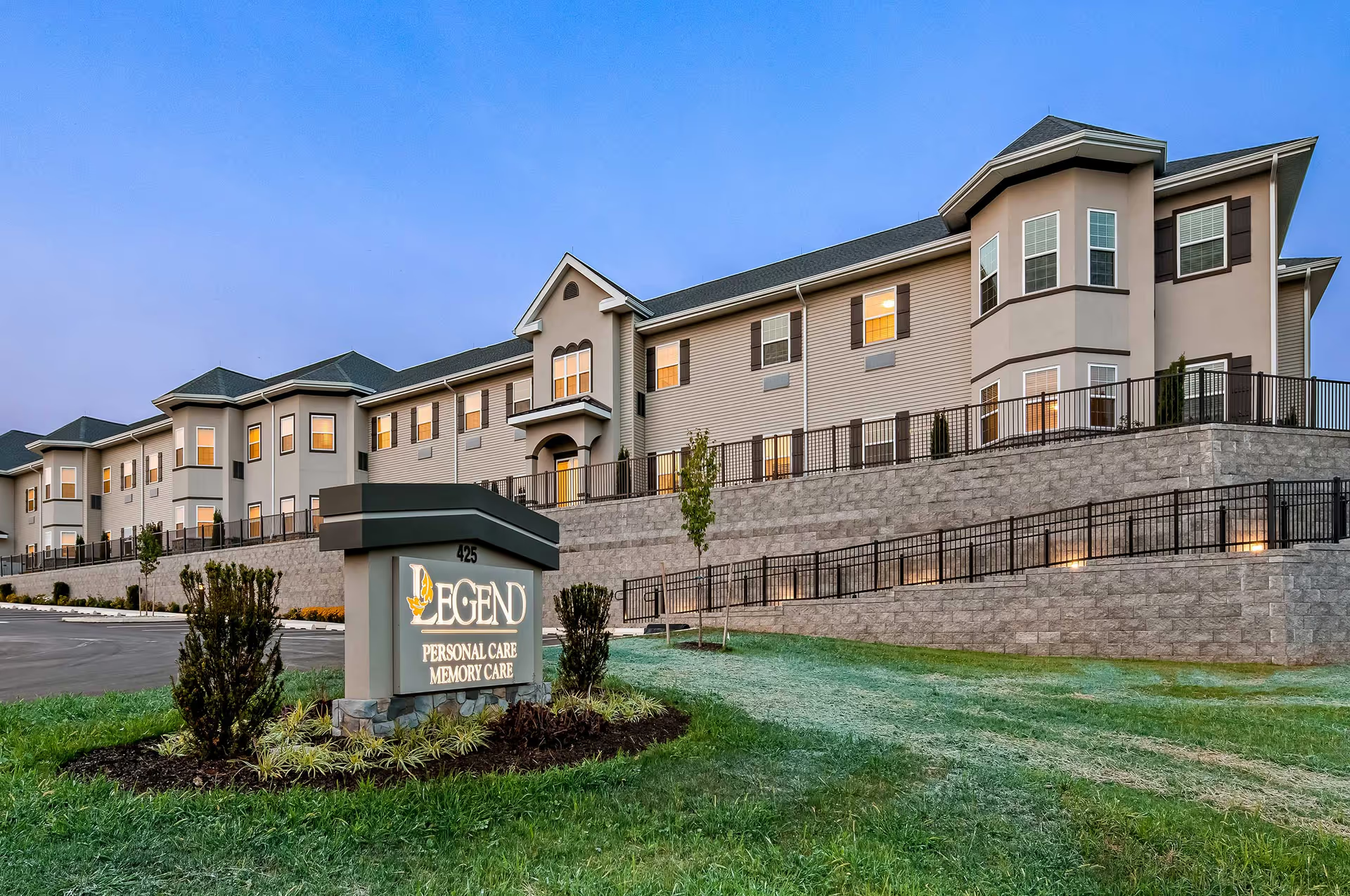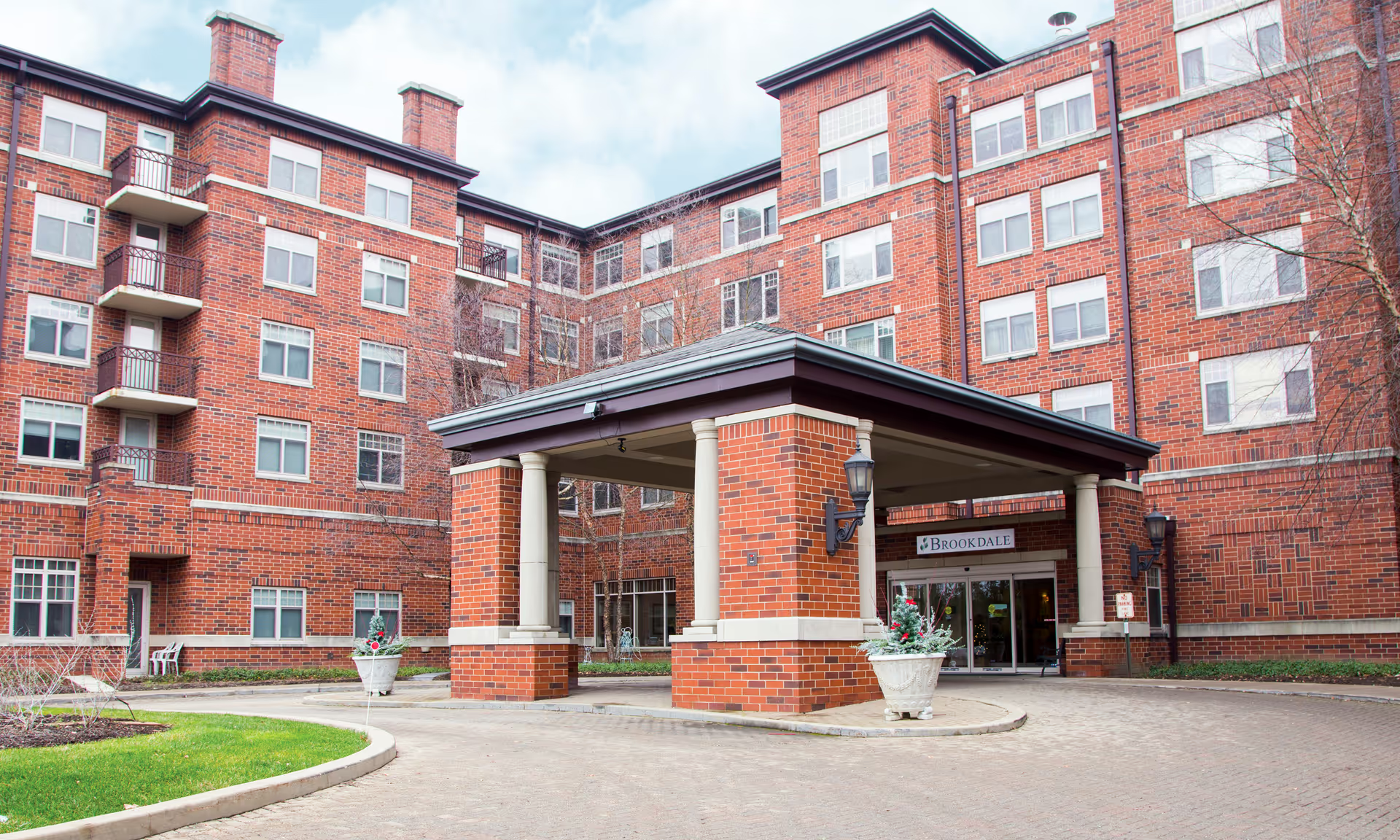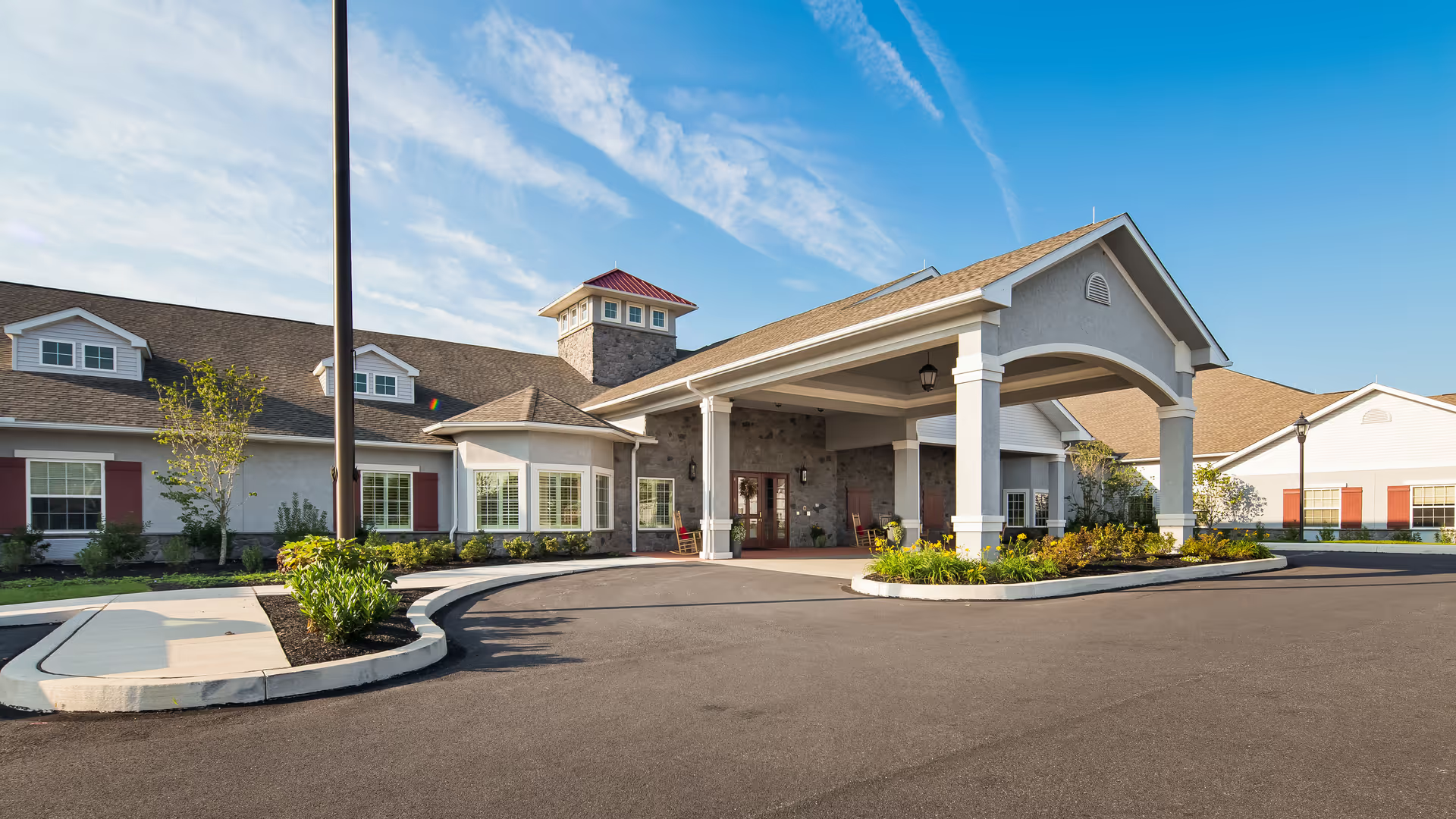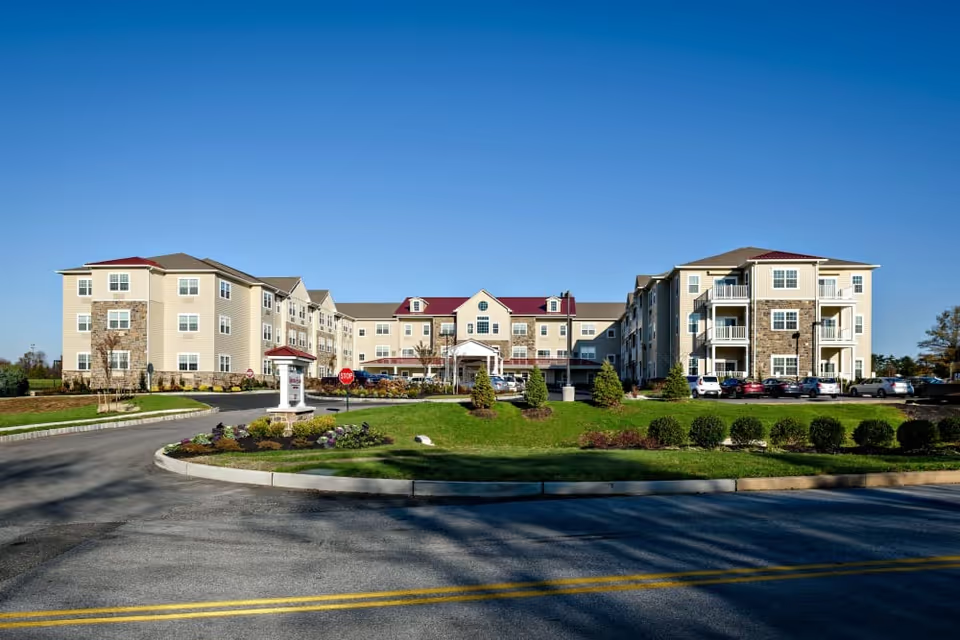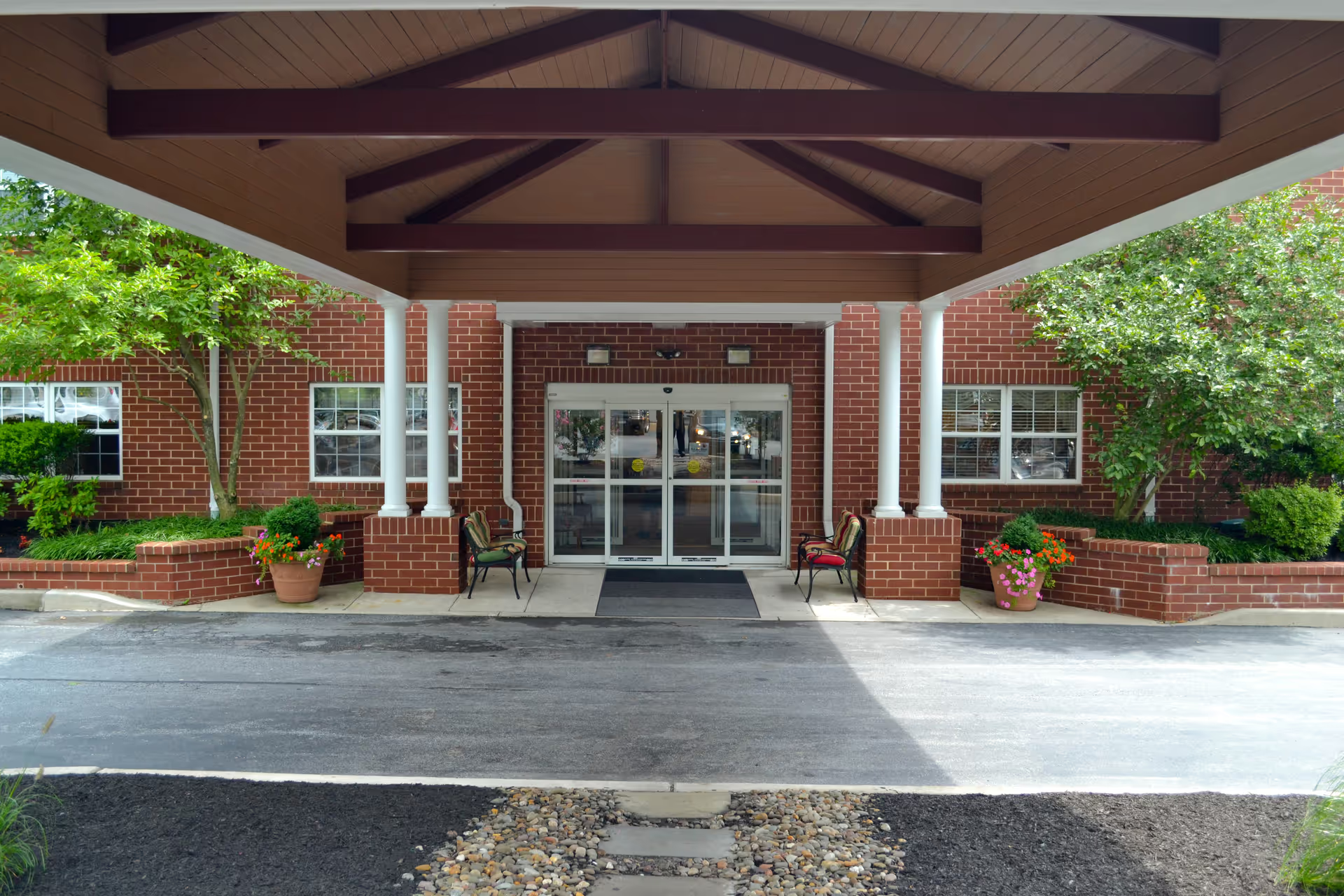Overall sentiment: The reviews for Wellington Rehabilitation And Healthcare are mixed but lean strongly toward negative, with multiple reviewers describing systemic problems that affected the quality and safety of care. While a minority of comments praise nursing care and note friendly interactions, the dominant themes are chronic understaffing, lapses in basic hygiene and care processes, facility cleanliness issues, poor responsiveness, and troubling safety incidents. Several reviewers explicitly stated they were dissatisfied with the professionalism and competency of staff and felt the facility was not equipped to care for their loved ones.
Care quality and clinical concerns: Reviewers report inconsistent care quality. A few individuals specifically praised "excellent nursing care" and identified "a few good nurses," but these positive statements are outweighed by reports of serious clinical lapses. Multiple reviewers reported bed sores, urinary tract infections (UTIs), weight loss, and at least one injury attributed to an ungloved worker. There are also mentions of a "code blue" and other emergency situations, raising concerns about clinical monitoring and timely intervention. Several reviews express that the facility relies on medical technicians in lieu of registered nurses, which reviewers felt contributed to inadequate assessment and care.
Staffing, training, and professionalism: Staffing levels and staff training are recurring issues. "Not enough staff" and "understaffing" are common complaints, with related observations that call bells are not answered promptly and that residents are left soaked or unattended. Reviewers suggest staff may be undertrained or unqualified for certain tasks; comments specifically call for training and state staff are "inadequately trained". Professionalism concerns include reports of rude or dismissive behavior and poor communication from nursing staff and administration. Some reviewers attribute part of the problem to morale or compensation, noting staff appear "underpaid," which they feel contributes to poor performance.
Hygiene, infection control, and facility condition: Multiple reviewers describe poor hygiene and infection-control practices: lack of hand washing, staff not wearing gloves, dirty diapers, and a pervasive urine smell. These issues are linked by reviewers to clinical outcomes (UTIs, bed sores) and to an overall impression that the building is "dirty looking." Laundry services are specifically called out as a major problem: lost clothing, the "worst laundry," and a lack of clean laundry available in the evenings were noted. Such environmental and operational deficiencies contribute heavily to negative perceptions and to reported declines in resident well-being.
Responsiveness, communication, and administration: Communication shortcomings appear in several areas. Families reported arriving to find no one to help or explain procedures, an "initial good impression" that later soured, and ongoing difficulties with administration and billing communications. Call bell responsiveness is repeatedly criticized. These communication breakdowns exacerbate trust issues between families and facility staff and contribute to the sense that loved ones are not being properly monitored or supported.
Patterns, risks, and recommendations: The pattern across reviews suggests systemic operational problems rather than isolated incidents: understaffing, staffing skill mix concerns (use of med techs vs nurses), infection-control failures, laundry and cleanliness problems, and poor responsiveness. The cluster of clinical events (bed sores, UTIs, weight loss, reported injuries) tied to these operational issues raise safety and quality-of-care concerns that merit investigation or corrective action. While there are reports of friendly staff and competent nurses, the prevalence and severity of negative reports—especially around hygiene, staffing, and communication—indicate that families should exercise caution, ask detailed questions about staffing levels and infection control practices, and closely monitor residents if they choose this facility.
Conclusion: In summary, Wellington Rehabilitation And Healthcare shows mixed reviews with notable strengths in individual staff members and occasional excellent nursing care; however, the reviews more commonly highlight serious concerns about staffing, training, hygiene, facility cleanliness, laundry operations, responsiveness, and clinical safety. These recurring issues suggest systemic problems that negatively affect resident care and family trust, and they warrant attention from facility leadership and oversight bodies to ensure appropriate corrective measures are taken.


